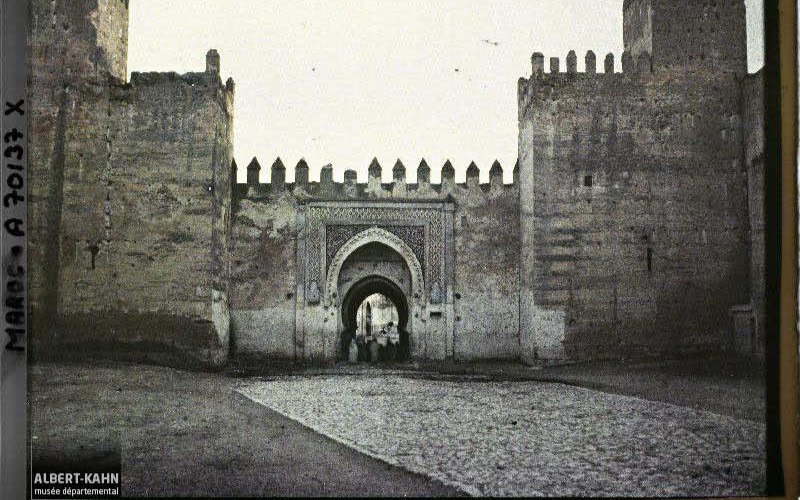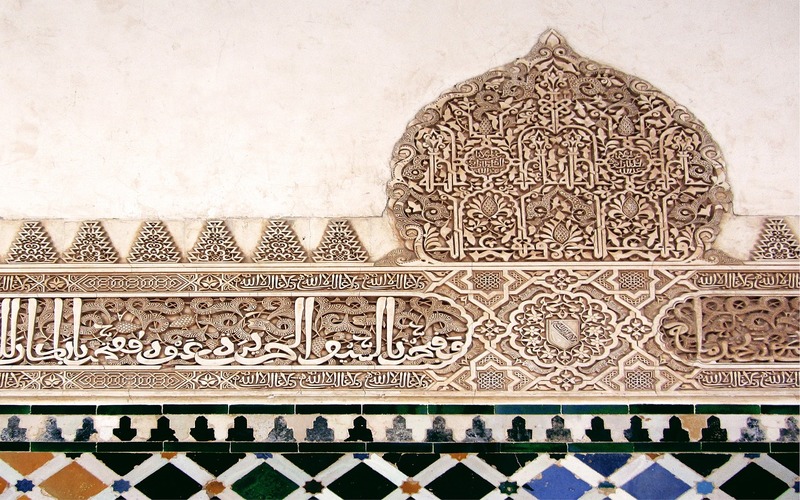By: S.J. Pearce | Iberian-connections.yale.edu
Since Washington Irving’s embassy to Spain (1826-1829) and his subsequent publication of stories and essays collected under the title “Tales of the Alhambra”, American readers, artists, and politicians have imagined and drawn inspiration from the medieval period of Spain’s history—before Spain was Spain as such. Anglophone fascination has continued through the contemporary period, often standing as a proxy for domestic issues, even in the United States, a country with no medieval past of its own and a fraught contemporary relationship with both Spanish and Arabic, the modern languages that are the heirs to the languages of culture and state in Spain’s Middle Ages. A proliferation of popular writing shows the appetite for medieval Spanish culture and history.
It also finds its way into political discourse, where it is held up as an aspiration of tolerance on the political left and an Islamic dystopia on the political right. But as any other societies of any other time and place, those of the Iberian Peninsula during the European Middle Ages were neither clearly one thing or the other: not a Boscian hellscape, but nor a garden of earthly delights. But as the peoples and places of medieval Spain enter the Anglophone political discourse, the extreme right has seized upon the dystopian vision in order to assail the scientific study of history and promote a presentist, anti-intellectual agenda that uses medieval history to promote its ideals for the modern world.






